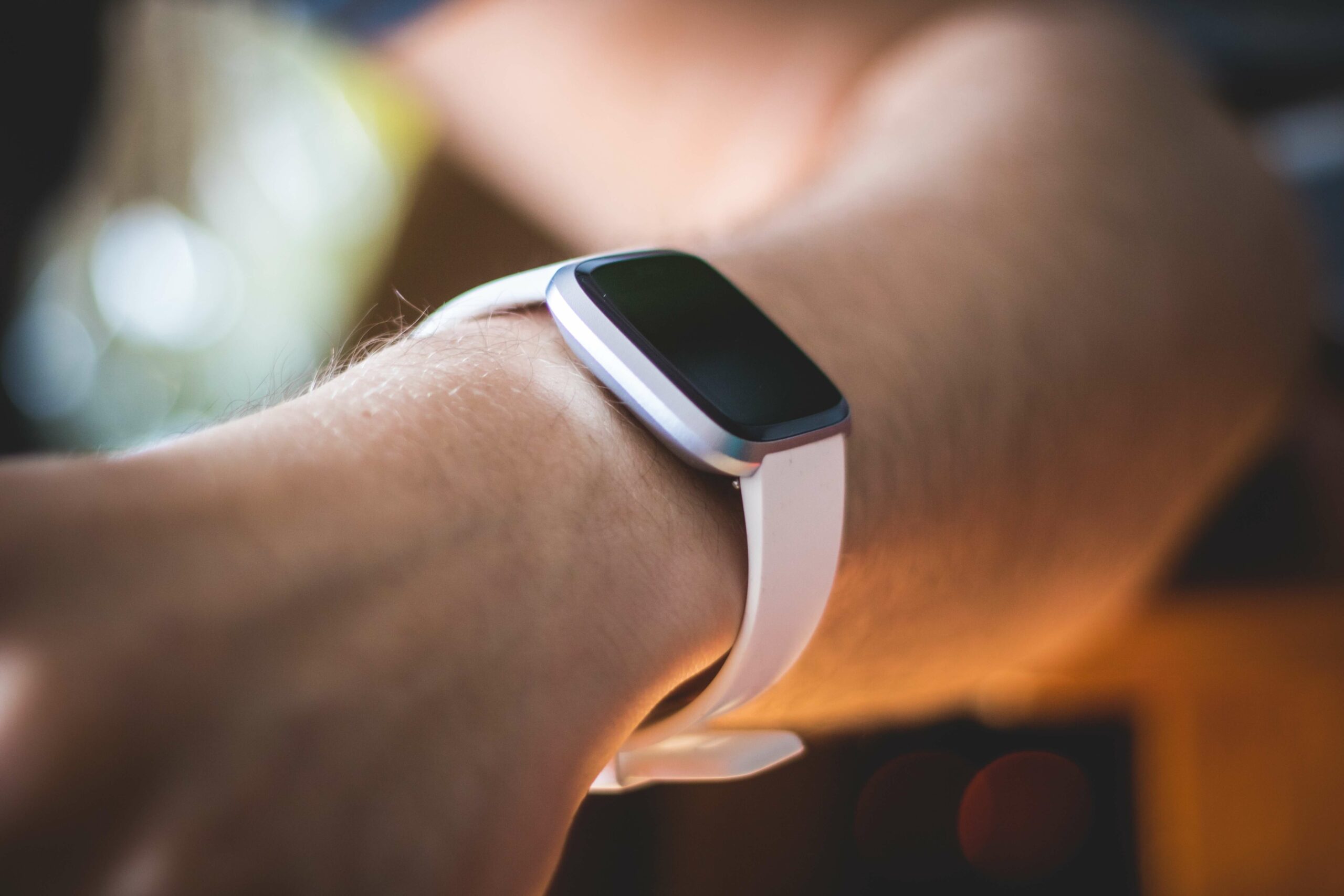At this point, most professionals in the healthcare industry have heard of the potential for text messaging to increase medication adherence. It’s one of the main ways that text messaging is being used in mHealth applications because it’s simple and effective! Just send a text to a patient, and they’ll remember to take their medication. Thus, medication adherence is theoretically improved by text messaging. But does texting really increase medication adherence, or is it just a seemingly good idea? According to a study published in the Journal of American Medical Association (JAMA) Internal Medicine, yes–texting really does increase medication adherence. However, like all studies, there are limitations and quite a few more possibilities for improvement for the future study of texting’s effect on adherence.
Text Messaging for Medication Adherence Proofs

Study Flaws of Text Messaging for Medication Adherence
However, the authors themselves point out a few flaws in the study. A median of 12 weeks is a short time when considering a chronic disease, where many patients need to take one or more medications a day. Thus, the text messaging for drug adherence effect needs to be studied over a longer period of time–possibly years. Second, text messaging features need to be studied more in-depth. What role does daily sending frequency, two-way communication, multiple choice responses, or personalization play? Lastly, various patient populations must be tested. In this study, the median age was 39 years old, with 50.3% of patients being female. Many 39-year-olds are familiar with using mobile phones and texting, but what about elderly populations who are not as familiar with mobile phones? Additionally, younger patients should also be studied, as this population is used to an influx of text messages and medication reminders may not seem so “special” to these patients.
Conclusion
This meta-analysis proved that text messaging does improve medication adherence. It also shows that text messaging needs to be studied further in varied contexts so that the scientific and healthcare communities can have statistically proven results showing an increase in medication adherence. We look forward to seeing further results of texting’s positive influence in healthcare, especially to improve the lives of those battling chronic diseases.
These articles may be of interest to you:
How to Build Your Database for Patient Recruitment
3 Ways to Increase Patient Retention in Clinical Trials
Market Your Core Indications for Optimal Patient Recruitment
Reference
Jay Thakkar, FRACP; Rahul Kurup, MBBS; Tracey-Lea Laba, PhD; Karla Santo, MD; Aravinda Thiagalingam, PhD; Anthony Rodgers, PhD; Mark Woodward, PhD; Julie Redfern, PhD and Clara K. Chow, PhD (2016). Mobile Telephone Text Messaging for Medication Adherence in Chronic Disease: A Meta-analysis. JAMA Internal Medicine. 176(3). pp. 340-349.
—
Want to learn more? Join the Patient Recruitment and Retention (PR+R) Group on LinkedIn!
Get a quote for Mosio’s patient engagement solutions.








